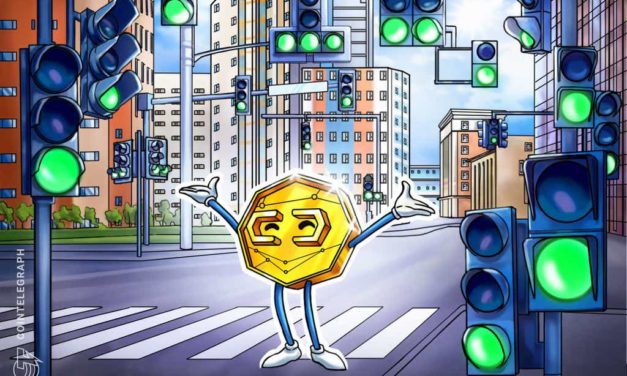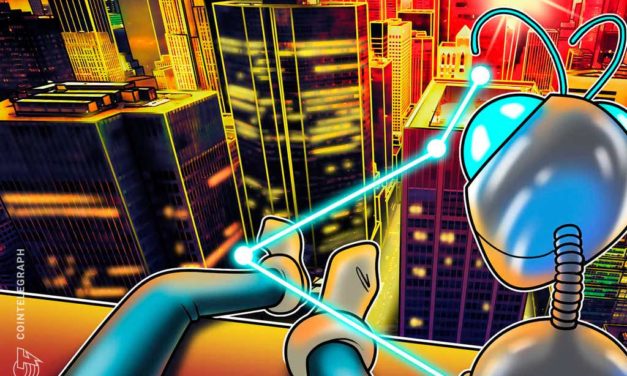What should the crypto industry expect from regulators in 2022? Experts answer, Part 2
Michelle is the CEO of the Association for Digital Asset Markets, which works in partnership with financial firms and regulatory experts to devise a code of conduct for digital asset markets. “2021 was the year Washington woke up to the digital assets industry. The year started with the rushed FinCEN “Unhosted Wallets” proposal, which the industry was able to voice its concerns and delay. At the same time, pro-digital asset Senator Cynthia Lummis joined the Senate. As the Biden Administration got up to speed on digital assets, it seemed like all of Washington was studying the industry in some shape or form. Then came the Infrastructure Bill, which contained a rushed provision defining a broker for tax reporting purposes. This flawed language unleashed digital asset supporters from all segments of U.S. society and made it clear that policymakers and regulators need to act carefully and consider innovation as a key pillar of their decisions. The year culminated on a highly positive note with the early December crypto CEOs hearing in front of the House Financial Services Committee. Lawmakers were surprisingly warm to all participants and were genuinely interested in the innovation benefits that can be harnessed in Web 3.0. The hearing went a long way to legitimizing crypto in DC, similar to how bank CEOs appear in front of Congress on a yearly basis. Looking to 2022, lawmakers are starting to realize the long term benefits this industry can provide to the United States, and this, combined with the Biden administration being in office for a year, now presents a real window to get something done on a bipartisan basis to advance the industry and provide guardrails for market integrity and consumer protection. I expect to see a responsible public policy framework developed, from which the industry can flourish and the U.S. can benefit.”
Čítaj viac






